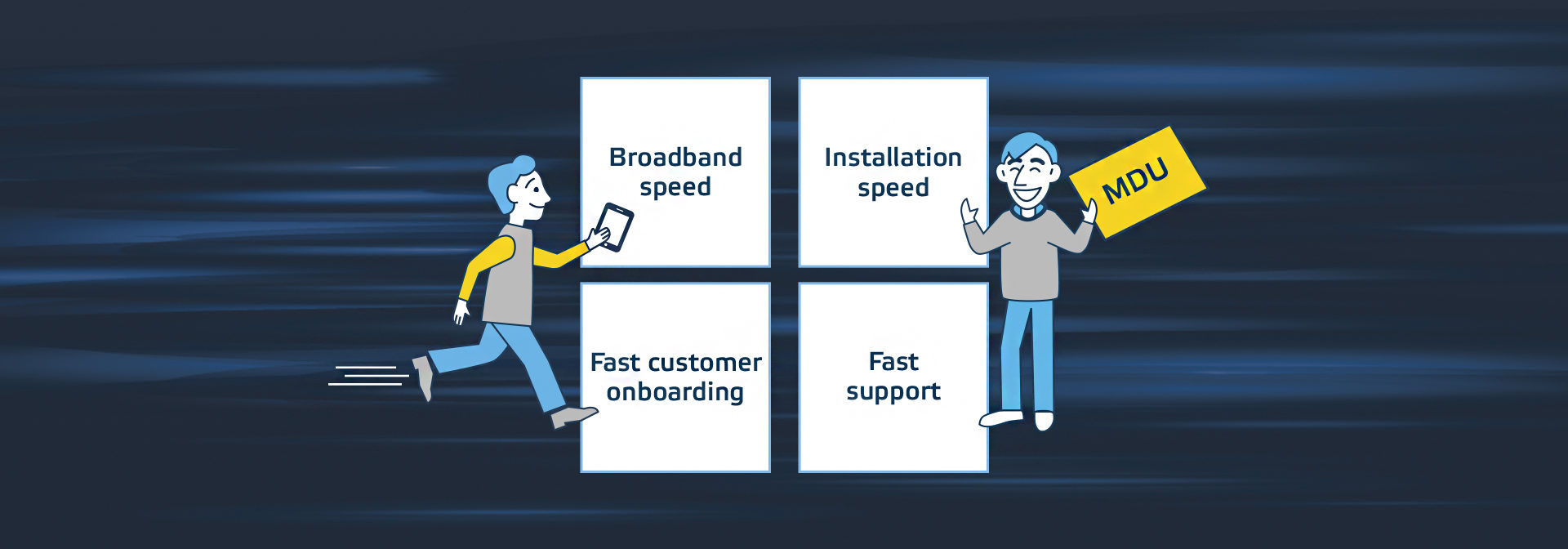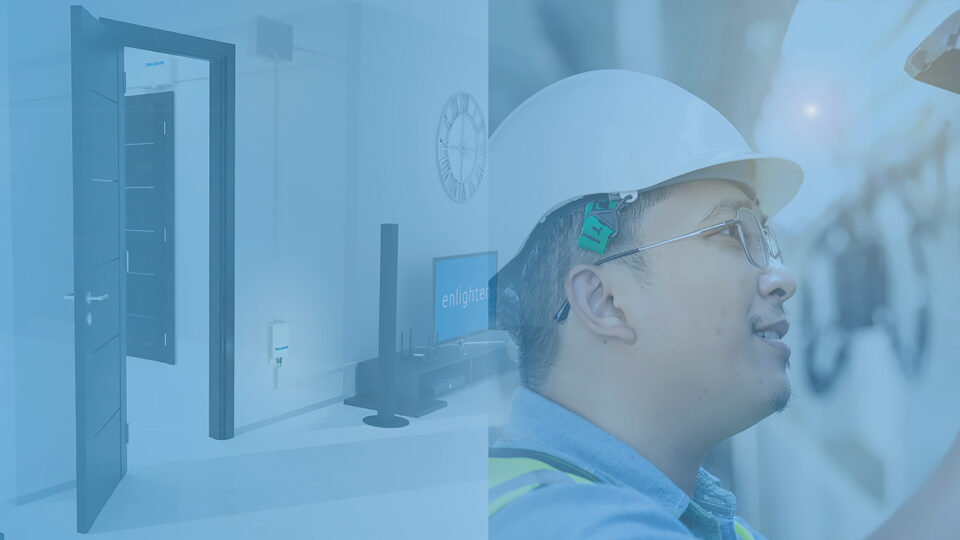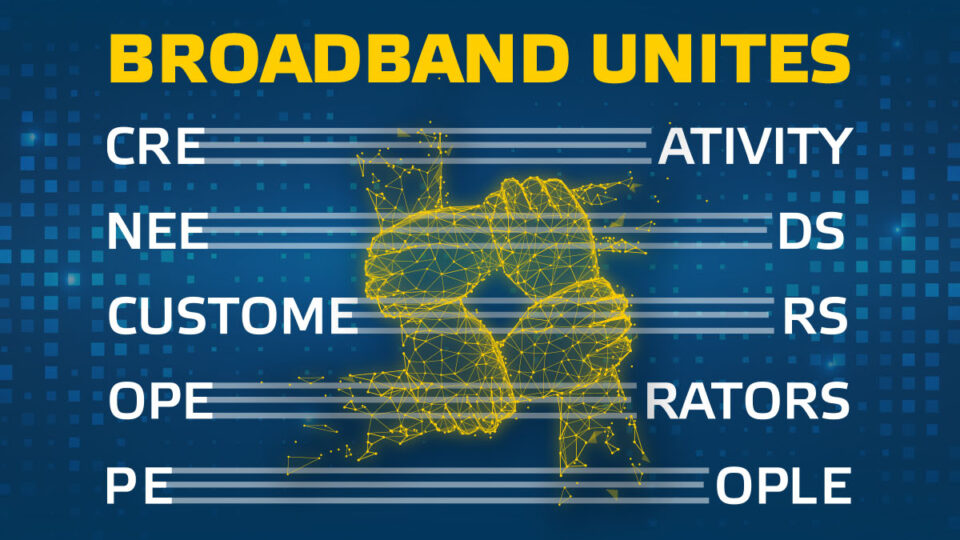
Multi-dwelling units can be a treasure trove
We have evidence of growing numbers of multi-dwelling units (MDUs), such as housing associations and campus areas, adopting distributed access architecture (DAA) based broadband. Therefore, we wanted to understand why a growing number of operators are eager to offer DAA-based broadband, especially Remote PHY-based broadband to their MDU customers and why many MDU customers are keen to have it. Speed would be the short answer, but when we looked at what speed really means, it proved to be a much more multi-faceted concept than we initially thought.
Distributed access and MDUs – Speed is more than simply broadband speed
Promotional activities of broadband operators are often based on the “high broadband speed” approach, and Cable MSOs are not an exception. When visiting a website of almost any broadband operator, you will often see a field for your street address, and the website can tell you the maximum speed in that address. However, when broadband solutions are offered to MDUs, other facets of speed beside pure broadband speed are often forgotten.
“We argue that cable MSOs would gain competitive advantage by promoting the speed as more than simply broadband speed. ”
Broadband speed (1) is only one member of the speed-quartet. The other members are (2) fast installation speed, (3) fast onboarding processes, and (4) fast support.
1) Broadband speed: Subscribers may associate the high broadband speed with faster download and upload speeds, improved streaming quality, a better online gaming experience, higher quality video conferencing capabilities, and the ability to connect multiple devices to the internet at the same time. The ultra-high speed broadband promise is certainly one that DAA can fulfil. Operators who deploy DAA can easily exceed speeds of DSL-based broadband and meet *fibre-based broadband capacity. The higher broadband capacity is nowadays an amenity that is used not only for entertainment, but also more and more for services such as remote healthcare and education. The digital divide is on the agenda of many governments.
| *Fibre broadband or fibre to the home Competition among operators offering FTTX and/or DOCSIS to MDUs is fierce. When it comes to FTTX in the MDU context, it usually means fibre to the building (FTTB) where the last 100 meters is implemented with a baseband Ethernet over CAT5 cables (copper). In this case, the basement of the MDU hosts an Ethernet switch(es). Similarly, when it comes to DOCSIS, the fibre enters the MDU, but now the last 100 meters is implemented with DOCSIS running over coaxial cables (copper). Therefore, the basement of the MDU is hosting a Remote PHY device (RPD). But after the last 100 meters, there are still the final 10 meters. Usually, whether the last 100 meters is implemented with baseband Ethernet or DOCSIS running over copper, the final 10 meters inside the apartments are wireless. To subscribers, all alternatives might be marketed as a fibre broadband but not as “fibre to the home” because of evident reasons. |
2) Installation speed: When decision makers of an MDU community commit to a certain technology, the commitment triggers the installation. Pulling new fibres or CAT5 cables inside of the MDU is laborious, takes time, and requires investments by the MDU owner and stamina from the residents. MDU decision makers and property owners are often required to discuss and secure funding if new cables need to be pulled. When new fibres or CAT5 cables are available, they might be divided between several operators who bring their own Ethernet switches in the basement. In contrast, the coaxial cables exist and the installation of DAA simply means replacement of the existing fibre node with a remote PHY device (RPD). Cable operators have skilled field technicians, either their own or hired, that can complete the installation in 15 minutes. The installed RPD, when interoperable with Converged Cable Access Platform (CCAP) Cores, gets its configuration from the CCAP core and other servers that exist in the network. Therefore, the MDU becomes instantly connected, and subscriber onboarding can start immediately.
3) Fast customer onboarding: Residents of the connected MDU expect broadband connections to be available right away and customer premise equipment (CPE) should arrive latest the next day, either with or without a person who does the installation. Cable operators have all the prerequisites to meet these expectations. They have webpages for subscribers who want to self-study their options, stores and/or retailers that can be visited, logistic operations to take care of cable modem variants, service bundles to answer various demands, and back-office capabilities to support subscribers on their customer journey. While exceeding customer expectations might be difficult, simply keeping subscribers in their Zone of Tolerance (ZoT) separates cable MSOs from many rivals.
4) Fast support: The existing helpdesk and support organization is familiar with DOCSIS customers. When MDU residents use the same technology as other broadband subscribers, this familiarity pays dividends. No matter what the street address is, when helping DAA-based broadband customers, operators can lean on the existing best practises and processes. Cable operators can use the existing customer service not only to serve but also to differentiate cable operators from rivals. Satisfied subscribers become brand ambassadors whose peer reviews beat traditional marketing efforts in ten cases out of ten.
| *Remote MACPHY or PHY We have highlighted the importance of the Remote PHY technology although an alternative called MACPHY exists as well. Our reasoning is based on three main arguments. Firstly, Remote PHY is easier to integrate with the existing back-office tools and CCAP cores. Secondly, the number of Remote PHY vendors exceeds the number of MACPHY vendors, so there is more competition keeping pricing attractive. Thirdly, the global future of MACPHY is less predictable than Remote PHY as the Remote PHY track has industry momentum behind it. |
The fifth element
As we described above, speed has been main reason why Remote PHY-based broadband is so successful in the MDU segment. However, there is still the fifth element: the speed of market entry. The first operator who grasps MDUs with the technology that exists today has attractive avenues to increase revenues per MDU in the future. These opportunities include, but are not limited to, the following:
Managed Wi-Fi
Many modern MDUs require Wi-Fi throughout an entire building, not only because of residents who need Wi-Fi at the fitness centre of an MDU, but also because of new IoT devices.
Managed MDU
Property owners are digitizing MDUs as it enables automation capabilities that drive down expenses of owners and residents. Some operators are looking at how digital twins can give property owners insights into the MDU, such as energy consumption. The safety of residents and voice controls are also interesting opportunities for operators who are interested in seeing the speed as more than simply broadband speed.
Arttu Purmonen
Arttu Purmonen
I joined Teleste in 1997 and engineered video processing and data transmission products. I have worked as engineer, project manager, product manager and business director but understanding customer perspective has always motivated me. It brought me to be responsible for system and technical marketing where my internal driving force and former experience can party together. See my LinkedIn.



